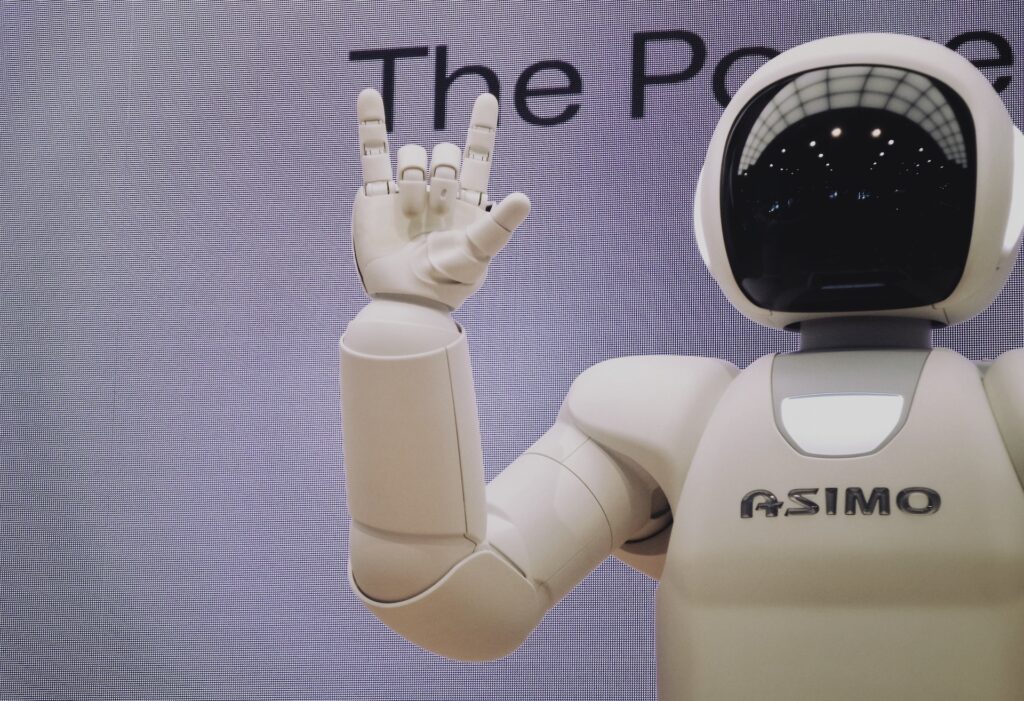The Education sector stands at a precipice, witnessing the dawn of a revolution powered by Artificial Intelligence (AI). Across the globe, nations are experimenting with AI tools to personalize learning, automate tedious tasks, and unlock new avenues for knowledge acquisition.
Yet, the true potential of AI in education lies not within isolated national efforts, but in a symphony of international collaboration. By fostering cross-border partnerships, Countries using AI in education, and tackling ethical challenges head-on, we can ensure that AI benefits all learners, irrespective of their geographic location or socioeconomic background.
The Power of Shared Expertise
Imagine a world where the latest AI-powered adaptive learning platform developed in Finland seamlessly integrates with a culturally relevant language learning app from Argentina. This is the future that international collaboration promises. By sharing expertise and resources, nations can:

Accelerating Innovation: Collective R&D efforts can break down national silos and propel the development of cutting-edge AI tools for education. Imagine joint research projects tackling challenges like AI-driven content localization or bias mitigation, benefiting from diverse perspectives and expertise.
Diversifying Learning Experiences: Collaboration can unlock a treasure trove of culturally rich educational content. Think of sharing interactive simulations built in Sweden with students in South Africa, or offering immersive virtual reality experiences from Japan to classrooms in Brazil. This global exchange broadens horizons and fosters cultural understanding.
Building Scalability and Sustainability: Sharing resources and infrastructure can make AI-powered education accessible to resource-constrained regions. Smaller nations can leverage the technical expertise and computational resources of larger partners, accelerating their adoption of AI tools.
Bridging the Divide: Tackling Inequity and Ethical Concerns
The promise of AI must not come at the cost of exacerbating existing educational inequalities. International collaboration plays a crucial role in ensuring responsible and ethical AI use:
Combating Bias and Discrimination: Sharing data and collaborating on bias detection algorithms can help mitigate the risk of perpetuating cultural stereotypes and historical prejudices through AI-powered education tools.
Protecting Data Privacy: Establishing international standards for data security and privacy can safeguard student information, preventing misuse and ensuring trust in AI-powered learning platforms.
Promoting Inclusive Development: Collaboration can address the digital divide by developing and sharing AI tools adapted to diverse learning environments and accessibility needs, ensuring no learner is left behind in the AI revolution.
Building a Global Learning Village
Turning dreams into reality requires proactive steps:

Fostering Cross-border Dialogues: Regular international forums, summits, and knowledge-sharing platforms can facilitate exchange of best practices and collaborative problem-solving among educators, researchers, and policymakers.
Investing in Joint Pilot Projects: Encouraging joint pilot projects across countries allows testing and refining AI-powered education tools in diverse contexts, paving the way for wider adoption and refinement.
Building Open Access Resources: Developing and sharing open-source AI tools and educational content creates a global repository of knowledge accessible to all, removing financial barriers and fueling innovation.
Championing Ethical Frameworks: Collaborating on international ethical guidelines for AI development and use in education ensures responsible implementation and mitigates potential risks.
Conclusion:
The true magic of can schools detect AI writing lies not in isolated national experiments but in the harmonious collaboration of nations. By sharing expertise, tackling ethical challenges together, and building a global learning village, we can ensure that AI empowers every learner, irrespective of their background. Let us embrace this collective adventure, where the symphony of international collaboration shapes a future where education transcends borders and unlocks the full potential of every mind on Earth.
FAQs:
- Q: How can individuals get involved in this collaborative effort?
- A: Participate in online forums, attend international conferences, or reach out to educational organizations promoting global collaboration. Sharing your experiences and expertise can contribute to the collective knowledge base.
- Q: What are some existing initiatives promoting international collaboration in AI and education?
- A: UNESCO’s AI in Education Observatory, OECD’s Global AI in Education Network, and WISE (World Innovation Summit for Education) are examples of platforms fostering international dialogue and collaboration.
- Q: How can countries address the practical challenges of collaboration, such as data privacy regulations and cultural differences?
- A: Open communication, mutual respect, and a commitment to finding common ground are crucial. Adapting tools and approaches to local contexts while sharing best practices can bridge cultural divides.
- Q: What are the potential long-term impacts of successful international collaboration in AI and education?
- A: A more equitable and inclusive global education system, empowered learners equipped with 21st-century skills, and a future where access to quality education knows no borders.

